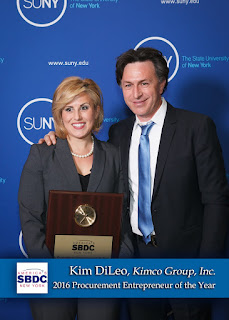Paying Yourself: From Startup and Beyond

From Entrepreneur It's an age-old conundrum that faces every entrepreneur planning their business: What do I pay myself? There are a lot of different theories when it comes to this issue. To begin planning your pay, you need to put together your own personal financial statement that lists all your living expenses and any credit cards with outstanding balances as well as short-term and long-term loans. This may be one of the most difficult things you've ever had to do because you don't want to leave anything out. You want to make sure that your income from the business will be enough to cover your expenses. As simple as this sounds, pay yourself enough to meet basic living requirements. Depending on your situation, that means enough income to cover your bills, food and other miscellaneous living expenses. Strike all other discretionary items from your life for a while and get used to just the bare necessities. If you are used to dining at fine restaurants seven days












